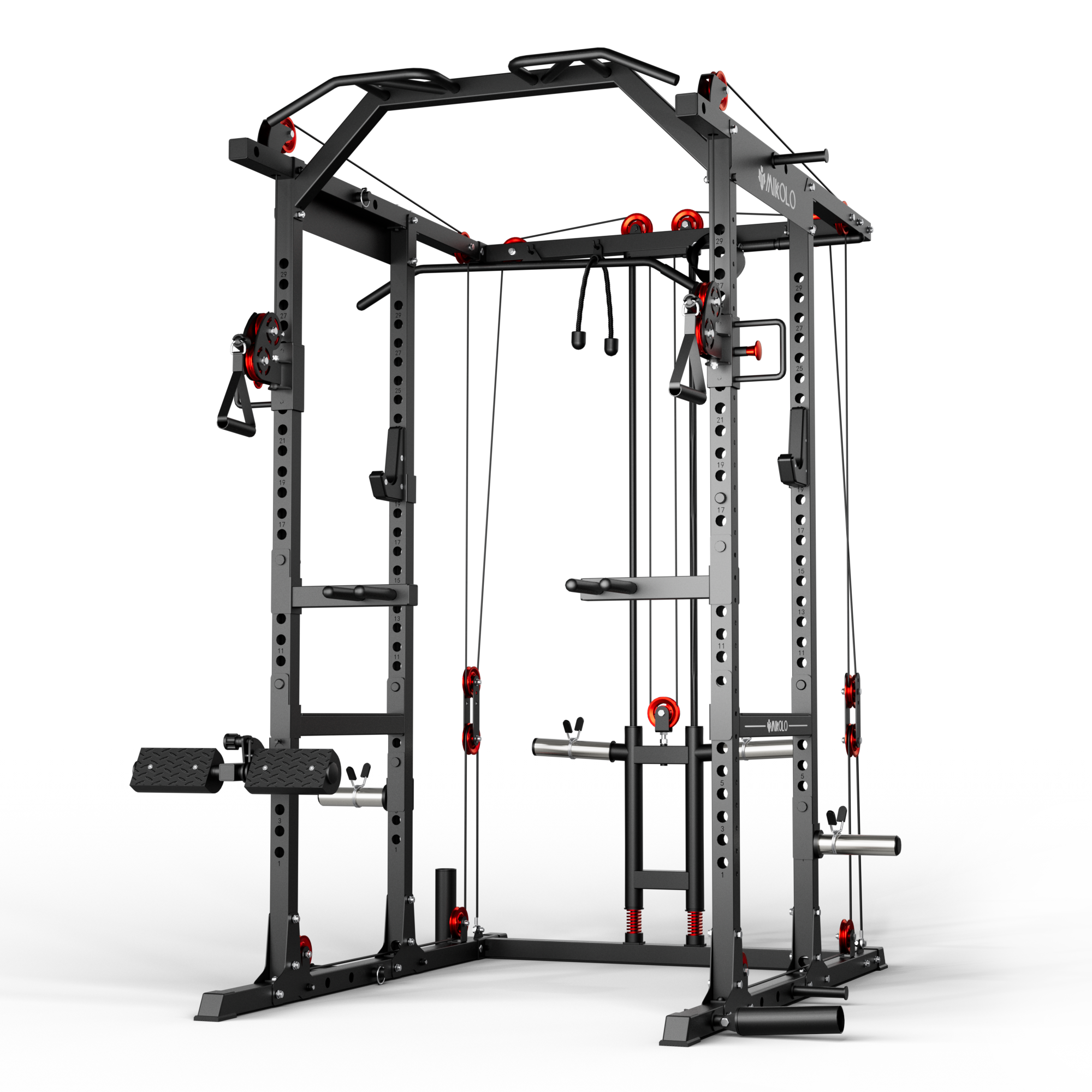When you think of chest training, it’s easy to picture weight benches, dumbbells, or crowded gyms. But the truth is, you don’t need any of that—especially when you’re just starting out. Your own body weight is a powerful tool. With the right form and consistency, you can build a stronger, more defined chest right from your living room floor.
Why Train Chest Without Equipment?
For beginners, using bodyweight exercises to train the chest has two major advantages: it builds foundational strength and improves body control. You learn how your body moves, where your strengths and weaknesses are, and how to correct form naturally. These benefits carry over into all future training, whether you later add weights or not.
Another bonus? No excuses. No commute to the gym. No worrying about equipment. Just you, a small patch of floor, and the willingness to push yourself.
The Core of a No-Equipment Chest Workout
The chest muscles—primarily the pectoralis major and minor—can be targeted from different angles to stimulate growth and strength. For beginners, it's smart to focus on variations that promote control and mind-muscle connection rather than intensity.
Here are the foundational moves that form an effective beginner-friendly, no-equipment chest workout:
1. Incline Push-Ups (Upper Chest Focus)
Place your hands on an elevated surface like a sturdy table or couch. Keep your body straight and lower your chest to the surface. This angle reduces load while targeting the upper chest, which is often underdeveloped in most beginners.
2. Wall Push-Ups (Gentle Starting Point)
If standard push-ups feel too intense, wall push-ups are a perfect starting point. Stand facing a wall, place your hands shoulder-width apart, and lean in until your nose nearly touches the wall. Press back. This move builds strength safely, especially for absolute beginners.
3. Kneeling Push-Ups
This classic modification removes some of the bodyweight load, allowing you to develop the right pressing mechanics without strain. Keep your hips forward and your core engaged.
4. Standard Push-Ups
Once you’re ready, progress to traditional push-ups. Keep your hands just wider than shoulder-width, lower your chest to the floor, and press back up. Focus on slow, controlled reps over quantity.
5. Wide Push-Ups (Outer Chest Emphasis)
By slightly widening your hand placement, you increase the stretch and activation in the outer part of your chest. This can help with overall chest width and shape.
6. Isometric Chest Squeeze
Stand tall, press your palms together in front of your chest, and squeeze as hard as you can for 10–20 seconds. This simple move targets the inner chest and improves activation awareness.
A Real-World Start: My Early Days with Bodyweight Training
I still remember the first time I tried to do a push-up in my tiny college apartment. I couldn’t complete a full rep with proper form. So I started with wall push-ups. Every evening, I did 3 sets of 10, increasing my reps gradually. Within a month, I progressed to kneeling push-ups. Two months later, I could do 10 full push-ups—something that felt impossible at the beginning.
That journey taught me something essential: consistency beats intensity. Especially in the beginning, showing up matters more than how many reps you can do.
Putting It All Together: A Sample Beginner Chest Workout
Here’s a simple structure you can follow 2–3 times a week:
-
Incline Push-Ups – 3 sets of 8–12 reps
-
Kneeling Push-Ups – 2 sets of 10–15 reps
-
Wall Push-Ups (as a finisher or warm-up) – 2 sets of 15–20 reps
-
Isometric Chest Squeeze – 2 sets of 15 seconds hold
If you’re feeling stronger, substitute in standard or wide push-ups where appropriate.
Tips for Staying on Track
-
Focus on form: A single perfect push-up is worth more than ten rushed ones.
-
Breathe: Inhale as you lower, exhale as you press up.
-
Rest smart: Take 30–60 seconds between sets, and don’t push through shoulder pain.
-
Track progress: Whether it’s more reps, better form, or new variations, celebrate your wins.
Chest training at home without equipment isn’t just possible—it’s empowering. You’ll feel stronger, more in control, and more connected to your body. And best of all, you’ll build the foundation for a long-term, sustainable fitness journey—starting right where you are.













































Leave a comment
This site is protected by hCaptcha and the hCaptcha Privacy Policy and Terms of Service apply.